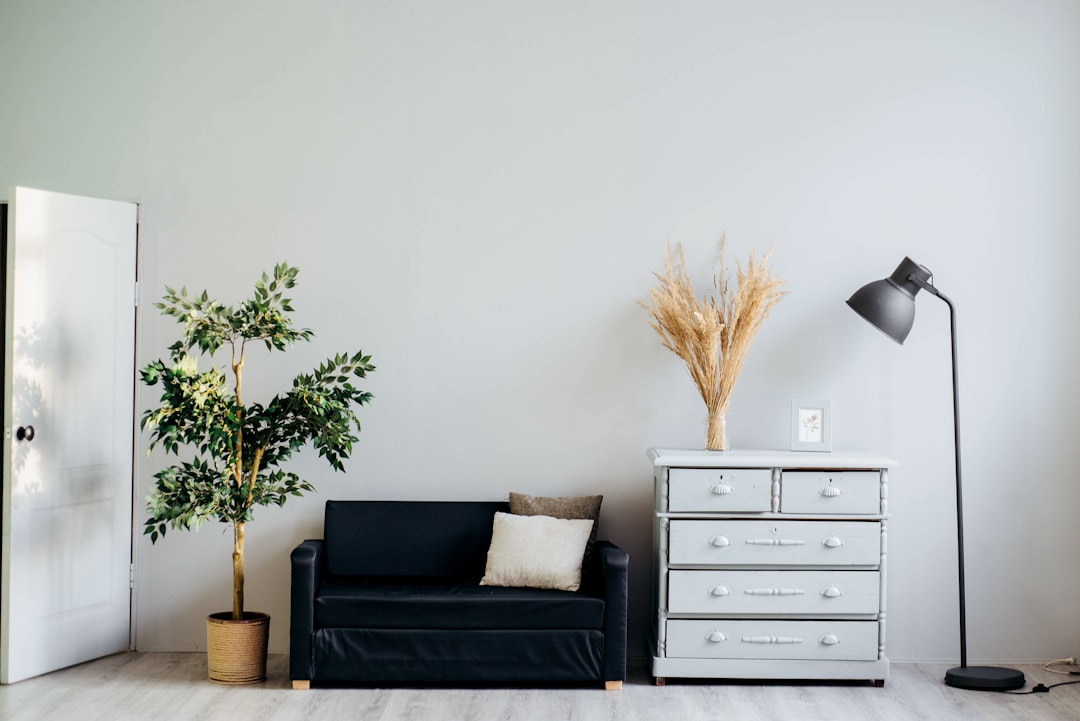Introduction
If you are looking for a way to add warmth and natural elegance to your kitchen, consider installing wood pendant lights. These stylish yet functional fixtures can provide both task and ambient lighting, while also serving as a focal point in your kitchen decor. In this article, we will explore the benefits of wood pendant lights and share some tips for choosing and installing the perfect fixtures for your home.
The Benefits of Wood Pendant Lights
Natural Beauty
One of the primary benefits of wood pendant lights is their natural beauty. The warm tones and unique textures of wood can add a touch of rustic charm to any kitchen. Depending on the type of wood and finish you choose, your fixtures can range from light and airy to rich and sophisticated.
Functional Lighting
In addition to their aesthetic appeal, wood pendant lights are also highly functional. Hung above an island or countertop, they can provide task lighting for cooking, baking, and other kitchen activities. When installed correctly, they can also distribute ambient light throughout the space, creating a warm and inviting atmosphere.
Versatility
Finally, wood pendant lights are highly versatile. They can be found in a range of styles and sizes, making it easy to find the perfect fixtures to suit your space and decor. Additionally, they can be paired with a variety of bulb types and dimmer switches, allowing you to control the amount and type of light emitted.
Choosing Wood Pendant Lights
Style and Size
When choosing wood pendant lights, the first consideration should be style and size. Do you prefer a minimalist, modern look, or a more traditional or rustic aesthetic? Depending on your personal tastes and the style of your kitchen, you may opt for streamlined, simple fixtures, or more ornate designs with decorative flourishes.
Size is also important when selecting pendant lights. It’s essential to choose fixtures that are proportionate to the size of your kitchen and the island or countertop where they will be hung. As a general rule, larger kitchens can accommodate larger fixtures, while smaller spaces may require more modest designs.
Materials and Finish
The next consideration when choosing wood pendant lights is the type of wood and finish. Some popular wood types for pendant lights include walnut, oak, bamboo, and birch. Depending on the finish you choose, your fixtures can vary from light and airy to dark and moody.
For a sleek, modern look, you may opt for smooth, glossy finishes. If you prefer a more rustic or vintage look, distressed or weathered finishes can add character and charm. Similarly, the type of fixture hardware, such as brass or nickel, can greatly influence the overall style and feel of your fixtures.
Installation and Maintenance
Hiring a Professional
Installing pendant lights can be a challenging task, especially for those without experience in electrical work. Even if you have experience with home renovations and repairs, it’s often best to hire a professional electrician to ensure the installation is done safely and correctly.
Maintenance
Once installed, wood pendant lights are relatively low-maintenance. You can dust them and wipe them down with a damp cloth as needed to keep them clean and shining brightly.


